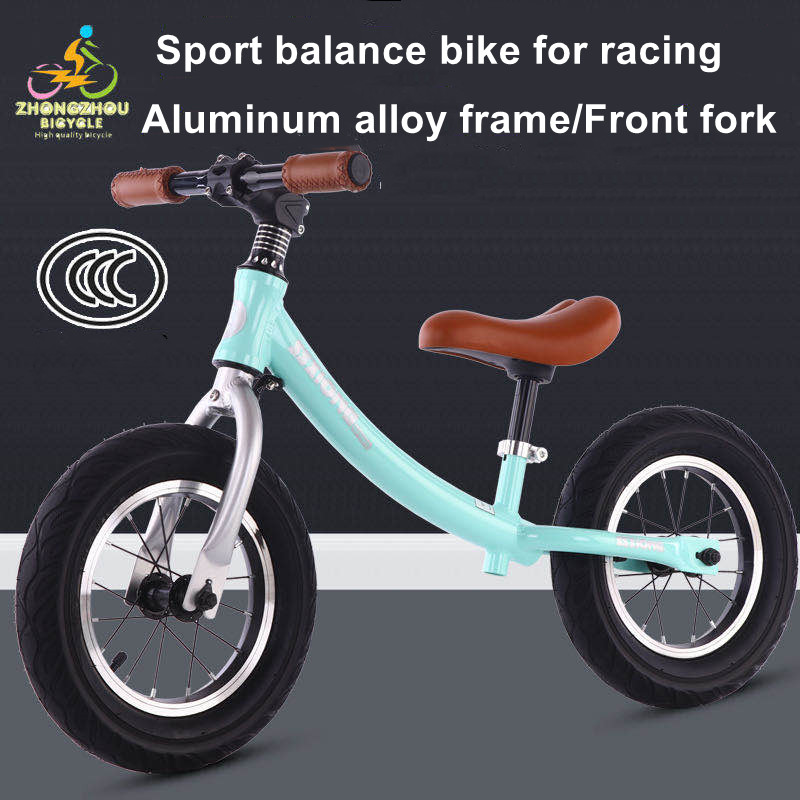Feb . 17, 2025 13:22
Back to list
Wholesale New Design Kids Riding Bike Children Bicycle 12''-20'' Kids Bike For 3-12 Years
Mountain biking offers a thrilling escape into nature, combining the exhilarating speed and technical skills of cycling with the serene beauty of outdoor landscapes. For those venturing into this exciting sport, understanding the different types of mountain bikes available can immensely enhance the experience. Each bike type is engineered for specific terrains and styles, making one's choice crucial in maximizing performance and enjoyment.
4. Downhill Bikes Specifically designed for steep and rugged downhill trails, downhill bikes offer unmatched stability and control. With suspension travel typically over 170mm, these bikes are crafted to absorb massive impacts and provide a smooth ride on the roughest of terrains. They are heavier and less efficient for uphill riding, which often necessitates transportation to the summit before beginning a downward ride. Downhill bikes excel in bike parks and specifically designed downhill courses. 5. Fat Bikes Recognizable by their oversized tires, fat bikes offer unparalleled traction across snow, sand, and muddy terrains, making them perfect for off-season biking or unconventional conditions. The broad tires, usually 3.8 inches or wider, provide additional comfort and floatation over soft surfaces. While not ideal for speed or technical trails, fat bikes open opportunities for adventure in locations most riders might find inaccessible with standard mountain bikes. 6. Electric Mountain Bikes (e-MTBs) A growing segment in the mountain biking community, e-MTBs incorporate electric motors to assist riders, particularly benefiting those who might need help tackling challenging climbs or extending riding range. These bikes maintain the design and feel of their non-electric counterparts but add the convenience of adjustable power outputs, making them suitable for long-distance rides and mixed-ability groups. Conclusion Navigating the diverse world of mountain biking requires understanding which bike type aligns with your terrain preferences and riding style. From the speed-oriented cross-country bikes to the rugged downhill machines, each has unique features that cater to different aspects of mountain biking. Investing time in choosing the right type not only enhances your performance but also deepens the enjoyment of the sport. Whether you are seeking the thrill of the descent or the challenge of the climb, there is a mountain bike tailored for your adventure.


4. Downhill Bikes Specifically designed for steep and rugged downhill trails, downhill bikes offer unmatched stability and control. With suspension travel typically over 170mm, these bikes are crafted to absorb massive impacts and provide a smooth ride on the roughest of terrains. They are heavier and less efficient for uphill riding, which often necessitates transportation to the summit before beginning a downward ride. Downhill bikes excel in bike parks and specifically designed downhill courses. 5. Fat Bikes Recognizable by their oversized tires, fat bikes offer unparalleled traction across snow, sand, and muddy terrains, making them perfect for off-season biking or unconventional conditions. The broad tires, usually 3.8 inches or wider, provide additional comfort and floatation over soft surfaces. While not ideal for speed or technical trails, fat bikes open opportunities for adventure in locations most riders might find inaccessible with standard mountain bikes. 6. Electric Mountain Bikes (e-MTBs) A growing segment in the mountain biking community, e-MTBs incorporate electric motors to assist riders, particularly benefiting those who might need help tackling challenging climbs or extending riding range. These bikes maintain the design and feel of their non-electric counterparts but add the convenience of adjustable power outputs, making them suitable for long-distance rides and mixed-ability groups. Conclusion Navigating the diverse world of mountain biking requires understanding which bike type aligns with your terrain preferences and riding style. From the speed-oriented cross-country bikes to the rugged downhill machines, each has unique features that cater to different aspects of mountain biking. Investing time in choosing the right type not only enhances your performance but also deepens the enjoyment of the sport. Whether you are seeking the thrill of the descent or the challenge of the climb, there is a mountain bike tailored for your adventure.
Next:
Latest news
-
Baby Balance Bike OEM Service – Kids No-Pedal, LightweightNewsNov.10,2025
-
OEM Kids Bike Children Bicycle – Cheap Wholesale BicyclesNewsNov.10,2025
-
Kids Bike New Model 12–18 inch Boys & Girls Bike, AdjustableNewsNov.10,2025
-
China Cheap Price Safe Kids Bike for 10yo w/ Training WheelsNewsNov.10,2025
-
China CE-Certified Kids Balance Bike, Guaranteed QualityNewsNov.10,2025
-
Colorful Outdoor Flashing Carton Children Scooter for KidsNewsNov.10,2025
-
Best Price Kids Balance Bike – Superior Quality, No PedalsNewsNov.10,2025








